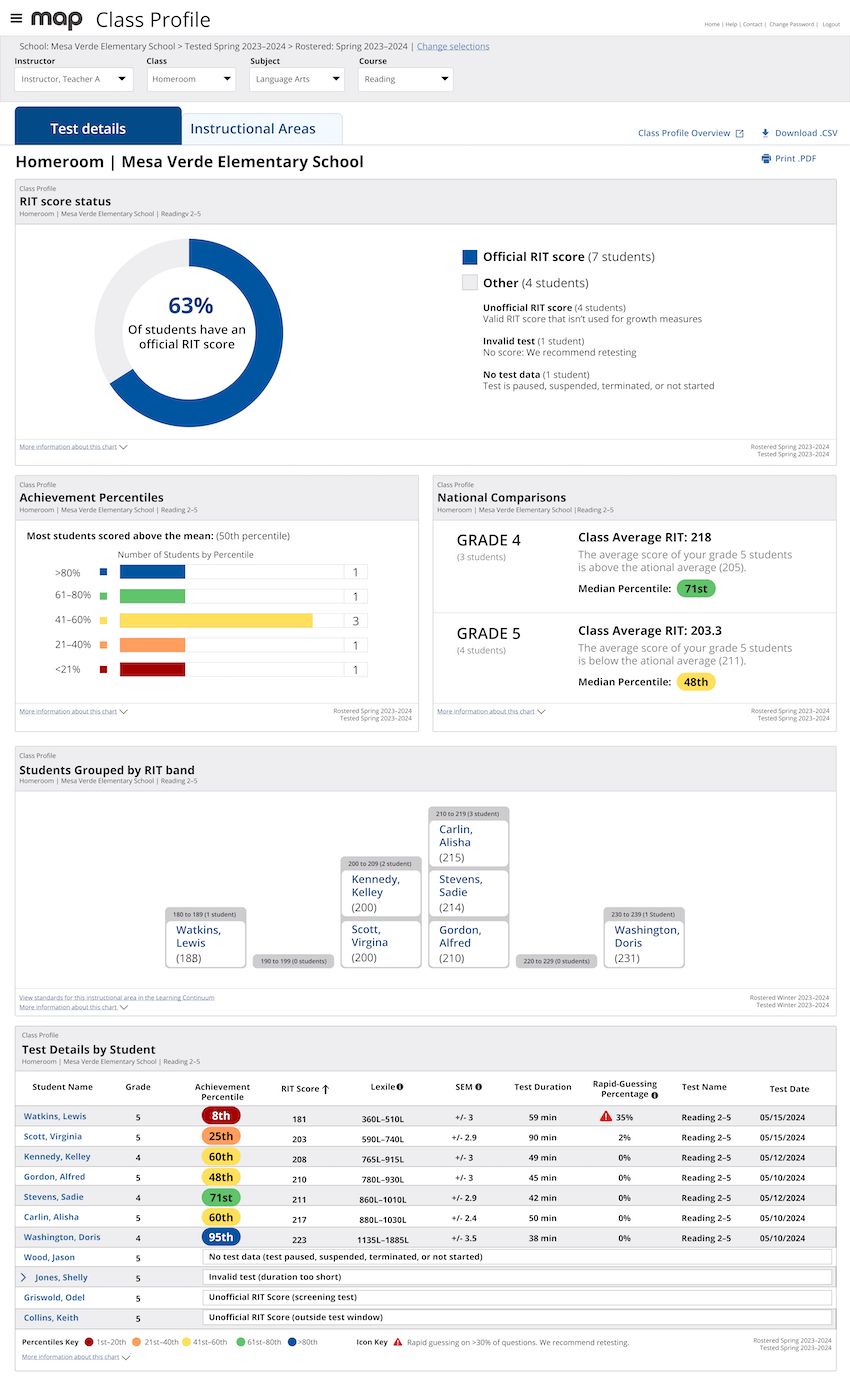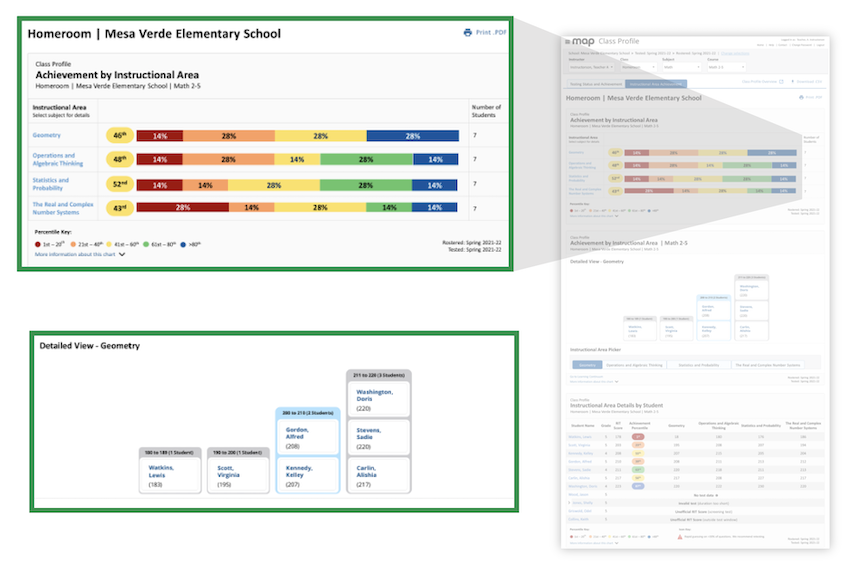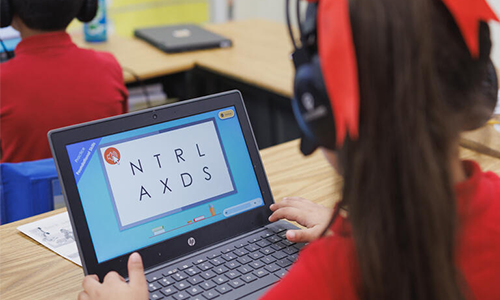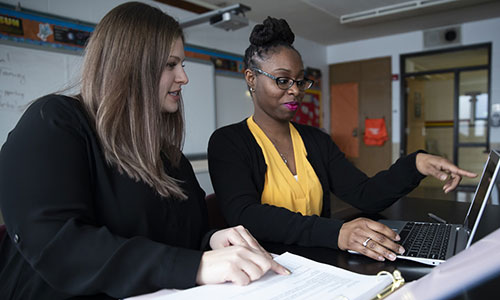
“In conversation, do you listen, or do you wait to talk?” Over the years, this question has appeared in many different contexts for good reason: research shows that only about ten percent of us listen effectively. Why? Because being a good, active listener is really hard! The great news is that making even small changes in how we listen can make a big difference. The business-focused article “What is active listening?” has a lot of great information about how to practice active listening (including how to become the epically named “trampoline listener”). So what does listening have to do with the MAP Growth Class Profile report? A lot, it turns out.
Listening to you really matters
Being active listeners is an essential part of what makes everything work here at NWEA. You give us so many classroom- and district-tested ways to improve teaching and learning, for everyone. Your thoughts and opinions help drive our innovations.
The reports generated by MAP® Growth™ are a great example: your input has helped to build the full suite of profile reports that provide essential information for making crucial decisions, from the district view to each individual student. The first phase of our mission to improve MAP Growth reports—the Student, Class, School, and District profile reports—is now complete.
Let’s take a quick look at how your feedback made the MAP Growth Class Profile report even more helpful.
Older? Newer? Yes!

The MAP Growth Class Profile report is available to all educators, but it’s been specifically designed for teachers. We know from the feedback that teachers find it helpful for analyzing each class’s achievement data and identifying specific subjects or content areas where the entire class may benefit from additional instruction. But we also heard that there were some older MAP Growth reports—specifically the Class report and the Class Breakdown report—that displayed data in a way teachers really liked.

That’s why we took the most important parts of the older Class report and Class Breakdown report and transferred them into the newly upgraded Class Profile report. These two new visuals help teachers better understand and support their students by clearly identifying where the whole class could use more instruction and how students are grouped based on achievement levels.
We have heard you and have taken the best parts of those older reports to provide you with exactly what you’ve asked for: reliable, quickly digestible information in a single, class-level report.
Get a clear view of where your class is in their learning
There’s quite a bit more work that’s been done “under the hood” in response to what you’ve told us. The updates to the MAP Growth Class Profile report have made it easier to:
- Quickly see the academic diversity of your class. The report provides a comprehensive view of achievement levels by instructional area, allowing you to tailor your teaching strategies to meet individual needs.
- Optimize classroom time. Is there a specific instructional area that requires more attention? With the improved report, you’ll know exactly where to allocate additional class time.
- Identify students for retesting. Was a student’s test paused, suspended, terminated, or not started? You can see this at a glance.
- Detect rapid guessing. MAP Growth leads the way in determining if a student was rapid guessing and the results are clearly indicated on the report.
- Develop flexible learning groups. You can see students grouped by their instructional area score, a solid first step in forming flexible learning groups.
Thank you for your wisdom
Please keep your feedback coming! We will continue to listen as we keep growing and learning the best ways to help you make decisions that create better outcomes for all students.






